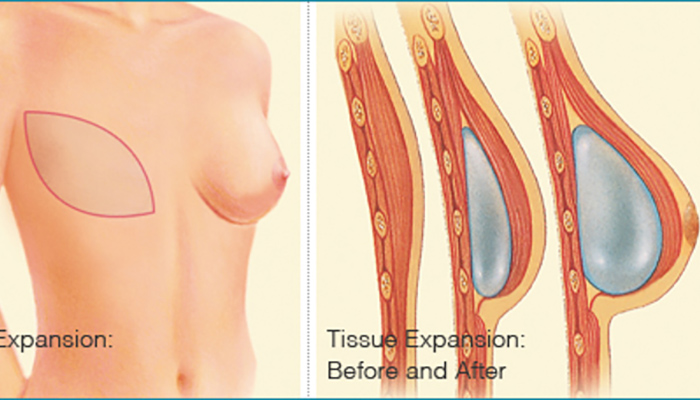Breast implants (silicone or saline) are a good option to rebuild a breast's shape after a mastectomy. While the main focus is to add volume and size to the reconstructed breast, other procedures such as changing the size/shape of the new breast, and enhancing the opposite breast to match size are common as well. For example, you may elect to have a breast lift, breast reduction or breast augmentation on the other breast to achieve breast symmetry.

Breast implants are a good option for you if:
Although most women qualify as breast reconstruction patients, there are several factors that may disqualify you. Our highly trained and caring plastic surgeons will discuss this with you at the time of your consultation.
For personal or medical reasons, you may wish to have your breast implants exchanged for a different type or size, or removed permanently. Older implants (usually after 10-15 years) are often replaced with more natural feeling implants. Breast implant exchange may also be done to remove and replace older implants which have displaced, become encapsulated, ruptured, or leaked. A breast lift sometimes follows.
A breast implant exchange or removal may be a good option for you if you experience:
The Women's Health and Cancer Rights Act (WHCRA) includes protections for individuals who elect breast reconstruction in connection with a mastectomy. WHCRA provides that group health plans and health insurance issuers that provide coverage for medical and surgical benefits with respect to mastectomies must also cover certain post-mastectomy benefits, including reconstructive surgery and the treatment of complications (such as lymphedema).
If you have questions, please contact us. We are always willing to help you determine if this is right for you.
For over a century, a leader in patient care, medical education and research, with expertise in virtually every specialty of medicine and surgery.
About BWH